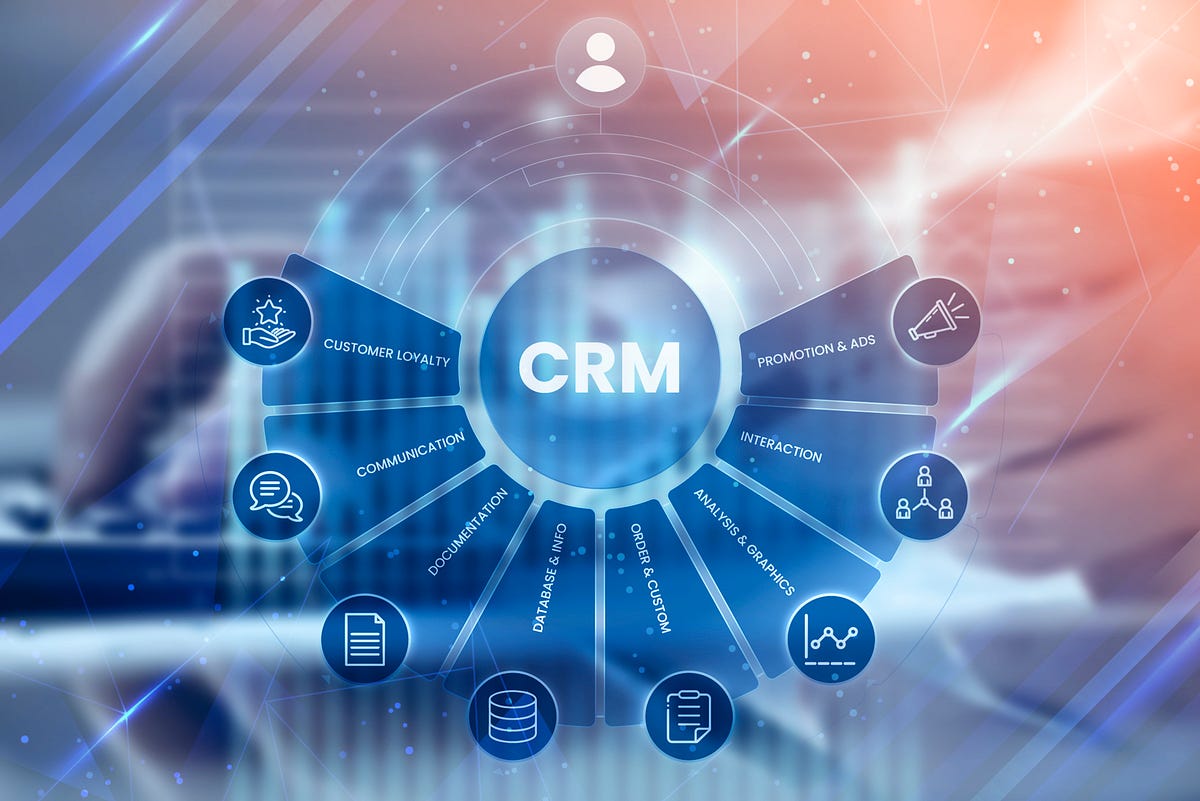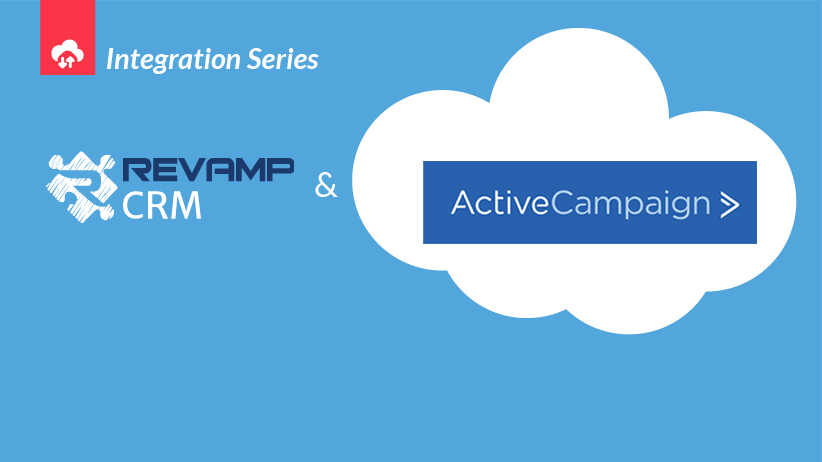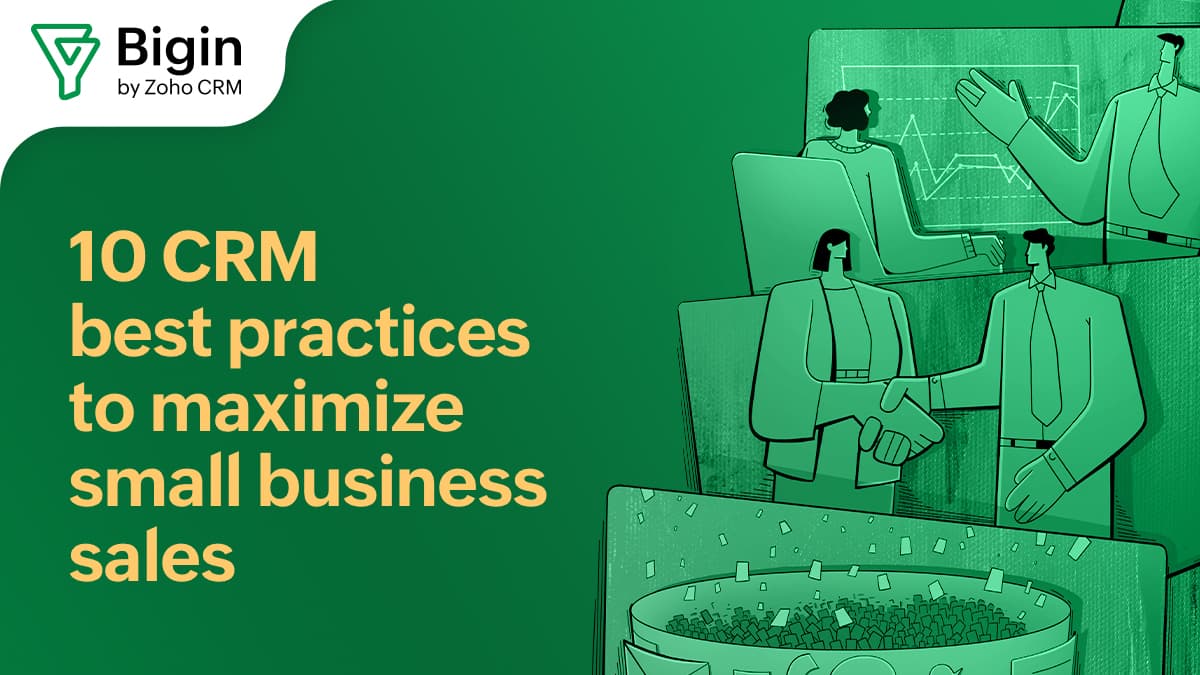
Introduction: The Power of CRM in Modern Marketing
In today’s fiercely competitive business landscape, understanding and nurturing customer relationships is no longer a luxury; it’s a necessity. That’s where Customer Relationship Management (CRM) comes into play. But simply *having* a CRM system isn’t enough. The real magic happens when you optimize your CRM marketing efforts. This comprehensive guide delves deep into the strategies, tactics, and best practices for CRM marketing optimization, empowering you to transform your customer interactions into revenue-generating opportunities.
We’ll explore the core principles of CRM, the benefits of optimization, and the practical steps you can take to maximize your return on investment (ROI). Prepare to unlock the full potential of your customer data and build lasting, profitable relationships.
Understanding the Fundamentals of CRM
Before we dive into optimization, let’s revisit the basics. CRM is more than just software; it’s a business strategy centered around understanding and responding to customer needs. It’s about building a 360-degree view of your customers, encompassing their interactions, preferences, and purchase history. This holistic perspective allows you to personalize your marketing efforts, improve customer service, and ultimately, drive sales growth.
A robust CRM system typically includes features for:
- Contact Management: Storing and organizing customer information, including contact details, demographics, and communication history.
- Sales Force Automation (SFA): Streamlining the sales process, from lead generation to deal closure.
- Marketing Automation: Automating marketing tasks, such as email campaigns, social media posting, and lead nurturing.
- Customer Service: Managing customer inquiries, resolving issues, and providing support.
- Analytics and Reporting: Tracking key performance indicators (KPIs), analyzing customer behavior, and generating reports to measure the effectiveness of your CRM initiatives.
Choosing the right CRM system is crucial. Consider your business size, industry, budget, and specific needs when evaluating different options. Popular CRM platforms include Salesforce, HubSpot, Zoho CRM, Microsoft Dynamics 365, and Pipedrive, each offering a range of features and pricing plans.
Why CRM Marketing Optimization Matters
You might have a CRM system in place, but are you truly leveraging its full potential? CRM marketing optimization is the process of refining your CRM strategies and tactics to achieve the best possible outcomes. It’s about continuously analyzing, testing, and improving your customer interactions to drive higher engagement, conversion rates, and customer lifetime value.
Here’s why CRM marketing optimization is critical for success:
- Improved Customer Experience: By understanding your customers better, you can personalize their interactions and provide a more relevant and satisfying experience.
- Increased Revenue: Optimized CRM strategies can lead to higher conversion rates, increased sales, and improved customer retention.
- Enhanced Efficiency: Automation and streamlined processes free up your team’s time and resources, allowing them to focus on more strategic initiatives.
- Better Decision-Making: Data-driven insights from your CRM system provide a clearer picture of your customer base, enabling you to make informed decisions about marketing campaigns, product development, and customer service.
- Competitive Advantage: In a crowded marketplace, CRM marketing optimization helps you differentiate yourself by providing superior customer experiences and building stronger relationships.
Key Strategies for CRM Marketing Optimization
Now, let’s explore the actionable strategies that will help you optimize your CRM marketing efforts. These strategies cover various aspects of your CRM system, from data management to campaign execution.
1. Data Quality and Management
The foundation of any successful CRM strategy is high-quality data. Your CRM system is only as good as the information it contains. Poor data quality can lead to inaccurate insights, wasted marketing efforts, and a frustrating customer experience. Here’s how to improve your data quality:
- Data Cleansing: Regularly review and clean your data to remove duplicates, correct errors, and update outdated information.
- Data Enrichment: Supplement your existing data with additional information from third-party sources to gain a more comprehensive understanding of your customers.
- Data Segmentation: Divide your customer base into distinct segments based on demographics, behavior, purchase history, and other relevant criteria.
- Data Governance: Establish clear data governance policies and procedures to ensure data accuracy, consistency, and security.
- Data Integration: Integrate your CRM system with other business systems, such as your marketing automation platform, e-commerce platform, and customer service software, to create a unified view of your customer data.
2. Customer Segmentation and Targeting
Once you have clean and well-organized data, the next step is to segment your customer base. Customer segmentation involves dividing your customers into groups based on shared characteristics. This allows you to tailor your marketing messages and offers to specific segments, increasing the likelihood of engagement and conversion.
Consider these segmentation criteria:
- Demographics: Age, gender, location, income, education, etc.
- Psychographics: Interests, values, lifestyle, personality, etc.
- Behavior: Purchase history, website activity, email engagement, social media activity, etc.
- Needs and Pain Points: Understanding what your customers need and the challenges they face.
Once you’ve segmented your customers, you can create targeted marketing campaigns that resonate with each group. This includes personalizing your email subject lines, website content, and product recommendations.
3. Marketing Automation
Marketing automation is a powerful tool for streamlining your CRM marketing efforts and improving efficiency. It allows you to automate repetitive tasks, such as email marketing, lead nurturing, and social media posting, freeing up your team to focus on more strategic initiatives.
Here are some ways to leverage marketing automation:
- Email Marketing Automation: Set up automated email campaigns to nurture leads, onboard new customers, and send targeted promotions.
- Lead Scoring: Assign points to leads based on their behavior and engagement to identify the most qualified prospects.
- Workflow Automation: Create automated workflows to trigger actions based on customer behavior, such as sending a welcome email after a new signup or following up with a lead who has downloaded a resource.
- Personalized Content: Use dynamic content to personalize your website, emails, and other marketing materials based on customer data.
4. Personalization and Customization
Customers today expect personalized experiences. They want to feel understood and valued by the businesses they interact with. Personalization goes beyond simply using a customer’s name in an email; it’s about tailoring your marketing messages, content, and offers to their specific needs and preferences.
Here’s how to personalize your CRM marketing efforts:
- Personalized Email Campaigns: Send targeted emails based on customer segments, purchase history, and website activity.
- Dynamic Website Content: Customize your website content based on the visitor’s location, demographics, and browsing behavior.
- Product Recommendations: Suggest products that are relevant to a customer’s past purchases or browsing history.
- Personalized Offers and Promotions: Create tailored offers and promotions that are specific to individual customer needs and preferences.
- Omnichannel Experience: Ensure a consistent and personalized experience across all channels, including email, website, social media, and customer service.
5. Lead Nurturing
Lead nurturing is the process of building relationships with potential customers throughout the sales cycle. It involves providing valuable content and information to leads to guide them through the buying process and ultimately convert them into customers.
Here’s how to optimize your lead nurturing efforts:
- Create a Lead Nurturing Workflow: Develop a series of automated emails and other touchpoints to engage leads and move them through the sales funnel.
- Provide Valuable Content: Offer valuable content, such as blog posts, ebooks, webinars, and case studies, to educate leads and address their pain points.
- Segment Leads: Segment leads based on their behavior and engagement to personalize your nurturing messages.
- Track Lead Activity: Monitor lead activity, such as website visits, email opens, and content downloads, to understand their interests and tailor your nurturing efforts accordingly.
- Qualify Leads: Identify leads that are most likely to convert into customers and prioritize your sales efforts accordingly.
6. Sales and Marketing Alignment
One of the biggest challenges for many businesses is aligning their sales and marketing teams. When sales and marketing are not aligned, it can lead to missed opportunities, inefficient processes, and a poor customer experience. CRM marketing optimization requires close collaboration between sales and marketing.
Here’s how to align your sales and marketing teams:
- Define Clear Roles and Responsibilities: Clearly define the roles and responsibilities of each team to avoid overlap and confusion.
- Establish a Service Level Agreement (SLA): Create an SLA that outlines the expectations and responsibilities of each team, including lead qualification, lead follow-up, and sales cycle management.
- Share Data and Insights: Share customer data and insights between sales and marketing to ensure that both teams have a complete view of the customer.
- Use a Common CRM Platform: Implement a common CRM platform that both sales and marketing teams can use to manage customer data, track interactions, and collaborate on campaigns.
- Regular Communication: Encourage regular communication and collaboration between sales and marketing teams to identify opportunities and address challenges.
7. Customer Service and Support
Exceptional customer service is crucial for building customer loyalty and driving repeat business. Your CRM system should integrate with your customer service software to provide a seamless customer experience.
Here’s how to optimize your customer service efforts:
- Provide Multiple Support Channels: Offer multiple support channels, such as email, phone, live chat, and social media, to make it easy for customers to get in touch.
- Personalize Customer Interactions: Use customer data to personalize customer interactions and provide a more relevant and helpful experience.
- Resolve Issues Quickly: Respond to customer inquiries and resolve issues quickly and efficiently.
- Track Customer Feedback: Track customer feedback to identify areas for improvement and measure customer satisfaction.
- Empower Your Support Team: Empower your support team with the tools and information they need to provide excellent customer service.
8. Social Media Integration
Social media is an essential part of modern marketing. Integrate your CRM system with your social media channels to gain a deeper understanding of your customers and engage with them in real-time.
Consider these integrations:
- Social Listening: Monitor social media for mentions of your brand, products, and competitors to identify opportunities for engagement and address customer concerns.
- Social Media Engagement: Engage with customers on social media by responding to their comments, answering their questions, and providing support.
- Social Media Advertising: Run targeted social media advertising campaigns to reach your ideal customers.
- Social CRM: Use social CRM tools to track customer interactions on social media and integrate them with your CRM data.
9. Analytics and Reporting
Data is your friend. Tracking and analyzing key performance indicators (KPIs) is essential for measuring the effectiveness of your CRM marketing efforts. Use your CRM system to generate reports and gain insights into your customer behavior, campaign performance, and overall ROI.
Here are some key metrics to track:
- Customer Acquisition Cost (CAC): The cost of acquiring a new customer.
- Customer Lifetime Value (CLTV): The predicted revenue a customer will generate over their lifetime.
- Conversion Rates: The percentage of leads that convert into customers.
- Customer Retention Rate: The percentage of customers who stay with your business over a period of time.
- Email Open and Click-Through Rates: The performance of your email marketing campaigns.
- Website Traffic and Engagement: The performance of your website and content.
Regularly review your reports and use the insights to optimize your CRM strategies and tactics. A/B testing different approaches is also crucial for continuous improvement.
10. Continuous Improvement and Testing
CRM marketing optimization is not a one-time project; it’s an ongoing process of continuous improvement. Regularly test different strategies, tactics, and campaigns to identify what works best for your business.
Here’s how to foster a culture of continuous improvement:
- A/B Testing: Test different versions of your marketing materials, such as email subject lines, website content, and landing pages, to identify which ones perform best.
- Analyze Results: Analyze the results of your tests and campaigns to identify areas for improvement.
- Iterate and Refine: Continuously iterate and refine your strategies and tactics based on your findings.
- Stay Up-to-Date: Stay up-to-date with the latest CRM marketing trends and best practices.
- Seek Feedback: Regularly solicit feedback from your customers and team members to identify areas for improvement.
Implementing a CRM Marketing Optimization Strategy: A Step-by-Step Guide
Now that you’re armed with the strategies, let’s put them into action. Here’s a step-by-step guide to implementing a successful CRM marketing optimization strategy:
- Assess Your Current CRM System: Evaluate your existing CRM system and identify its strengths and weaknesses.
- Define Your Goals: Determine your specific goals for CRM marketing optimization, such as increasing sales, improving customer retention, or enhancing customer satisfaction.
- Clean and Organize Your Data: Clean and organize your customer data to ensure its accuracy and completeness.
- Segment Your Customer Base: Segment your customer base based on relevant criteria.
- Develop Targeted Campaigns: Develop targeted marketing campaigns that resonate with each customer segment.
- Automate Your Marketing Efforts: Automate your marketing tasks to improve efficiency and free up your team’s time.
- Personalize Your Customer Interactions: Personalize your customer interactions to provide a more relevant and satisfying experience.
- Align Sales and Marketing: Align your sales and marketing teams to ensure that both teams are working towards the same goals.
- Provide Exceptional Customer Service: Provide exceptional customer service to build customer loyalty and drive repeat business.
- Track Your Results: Track your results and measure the effectiveness of your CRM marketing efforts.
- Analyze Your Data: Analyze your data to identify areas for improvement.
- Iterate and Refine Your Strategy: Continuously iterate and refine your strategy based on your findings.
Common Mistakes to Avoid in CRM Marketing Optimization
While the benefits of CRM marketing optimization are significant, many businesses make mistakes that hinder their progress. Here are some common pitfalls to avoid:
- Neglecting Data Quality: Failing to prioritize data quality can lead to inaccurate insights and wasted marketing efforts.
- Not Segmenting Your Customer Base: Sending generic marketing messages to all customers will not be as effective as targeting specific segments.
- Ignoring Personalization: Customers expect personalized experiences. Failing to personalize your marketing efforts can lead to disengagement.
- Poor Sales and Marketing Alignment: A lack of alignment between sales and marketing can lead to missed opportunities and a poor customer experience.
- Not Tracking and Analyzing Results: Failing to track and analyze your results will prevent you from identifying areas for improvement and measuring your ROI.
- Not Staying Up-to-Date: CRM marketing is constantly evolving. Failing to stay up-to-date with the latest trends and best practices can put you at a disadvantage.
- Choosing the Wrong CRM System: Selecting a CRM platform that doesn’t fit your business needs is a costly error.
- Over-Automating: Automation is valuable, but over-automating can lead to impersonal interactions.
- Not Training Your Team: Without proper training, your team won’t be able to utilize the CRM system effectively.
- Not Seeking Customer Feedback: Ignoring customer feedback is a missed opportunity to improve your products, services, and overall customer experience.
Conclusion: The Future of CRM Marketing
CRM marketing optimization is not just a trend; it’s the future of customer relationship management. By embracing the strategies and tactics outlined in this guide, you can transform your customer interactions, boost revenue, and build lasting relationships. Remember that the key to success is continuous improvement, testing, and a customer-centric approach. Embrace the power of data, personalization, and automation, and you’ll be well on your way to achieving your marketing goals.
The journey of CRM marketing optimization is an ongoing one. As technology evolves and customer expectations change, you must stay agile and adapt your strategies accordingly. By continuously learning, experimenting, and refining your approach, you can ensure that your CRM system remains a powerful engine for growth and success.
The future of CRM marketing will be shaped by advancements in artificial intelligence (AI), machine learning, and hyper-personalization. Businesses that embrace these technologies will be best positioned to deliver exceptional customer experiences and build strong, profitable relationships. The ability to predict customer behavior, automate complex workflows, and provide personalized recommendations will become increasingly important. The focus will shift from simply collecting data to using data to create truly meaningful and valuable interactions.
Ultimately, the success of your CRM marketing optimization efforts will depend on your commitment to putting the customer first. By understanding their needs, preferences, and behaviors, you can create a customer-centric strategy that drives engagement, loyalty, and revenue growth. The investment in a well-managed CRM system and a dedicated team to analyze and optimize it will pay dividends for years to come. So, start optimizing your CRM marketing today, and unlock the full potential of your customer relationships!


